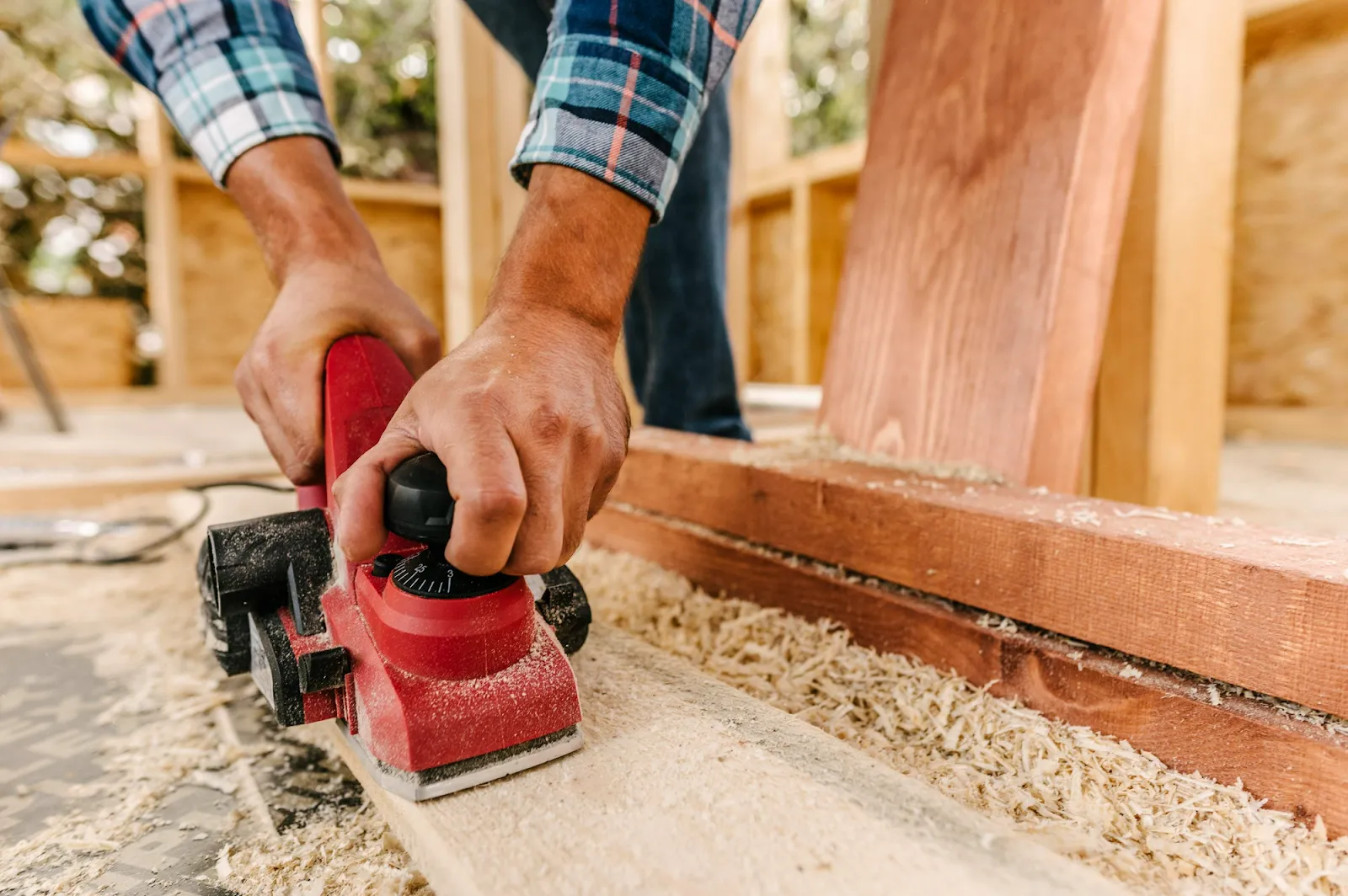Your deck is starting to look a bit worn down, and now you’re facing that classic question: fix it up or tear it down? Trust us, you’re not the only one with this dilemma. Cheaper to repair or replace a deck in Canada? That’s the big question—and it gets even more complicated due to the brutal winters, temperature changes,Here in Canada, this decision gets even more complicated due to the brutal winters, temperature changes, and how prices can vary depending on where you live.
Before pulling out your wallet for this investment, let’s talk about what really determines the cost of repairs versus replacement of decks in our beautiful country.
Assess Your Deck’s Condition
The first thing is to make an honest assessment of what you have. Do you have some loose boards, protruding nails, or surface stains? These minor problems generally only need simple repairs that won’t break your budget. It’s about replacing individual pieces instead of rebuilding the entire structure, which can save you thousands compared to starting from scratch.
But when you notice your deck is sinking, support posts are rotting, or railings wobble when you lean on them — these are more than cosmetic issues; they’re warning signs pointing to structural issues.
From our perspective, trying to resolve these difficulties frequently means wasting money. Because you fix one thing and six months later, something else fails because the structure is compromised.
Don’t forget to consider your deck’s age in this equation. Most wooden decks here in Canada last about 15–20 years if you’ve been taking care of them, while composite decks can last between 25–30 years. If your deck is reaching these limits and shows multiple issues, replacement could really be the more economical option.
Cost Comparison Across Canadian Regions

You might be surprised how much the price of deck repairs varies depending on where you live in Canada.
If you’re in Toronto or Vancouver, expect to pay a premium: labor costs are approximately 20-30% higher than the national average. That repair that would cost your friend in Winnipeg $1,500 could cost you $2,000 in Toronto. And complete replacements? In these big cities, even a basic 200-square-foot deck typically starts around $10,000.
The climate where you live also plays a giant role. In coastal BC, where it’s constantly humid, pressure-treated lumber doesn’t last as long as in Alberta, which is drier. And if you’re dealing with the freeze-thaw cycles in Quebec and Ontario, your deck takes a real beating every year. Sometimes, spending more upfront on quality materials really saves you money in these harsher environments.
Material Options And Their Long-term Economics

Pressure-treated lumber remains the right choice for Canadian decks, being approximately 30-40% cheaper than other options. For repairs, you might be looking at $500-1,500 for a typical section, while completely replacing a 200-square-foot deck generally costs between $6,000-8,000. But remember: this material requires a lot of maintenance. You’ll need to clean, stain, and seal every couple of years, adding about $500 annually to your total cost of ownership.
Many people are attracted to cedar and other natural woods for their beautiful appearance, but their price remains higher. Cedar repairs typically cost 20-30% more than pressure-treated lumber, with complete replacements ranging from $9,000-12,000 for an average deck. These materials mostly give you 15–20 years of service with proper care, but they’re just as demanding in terms of maintenance as pressure-treated lumber.
At the high end, we have composite and PVC decks. Yes, the initial cost is high, approximately 40-60% more than pressure-treated options. But here’s where the math gets interesting: these materials typically last 25–30 years and need almost no maintenance beyond occasional cleaning. When you do the numbers over a 20-year period, including maintenance expenses, composite decks often turn out to be surprisingly economical, especially in the harsh Canadian climate, where wood simply doesn’t hold up as well.






